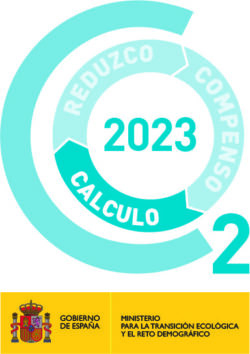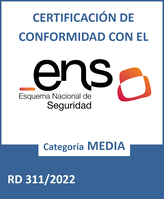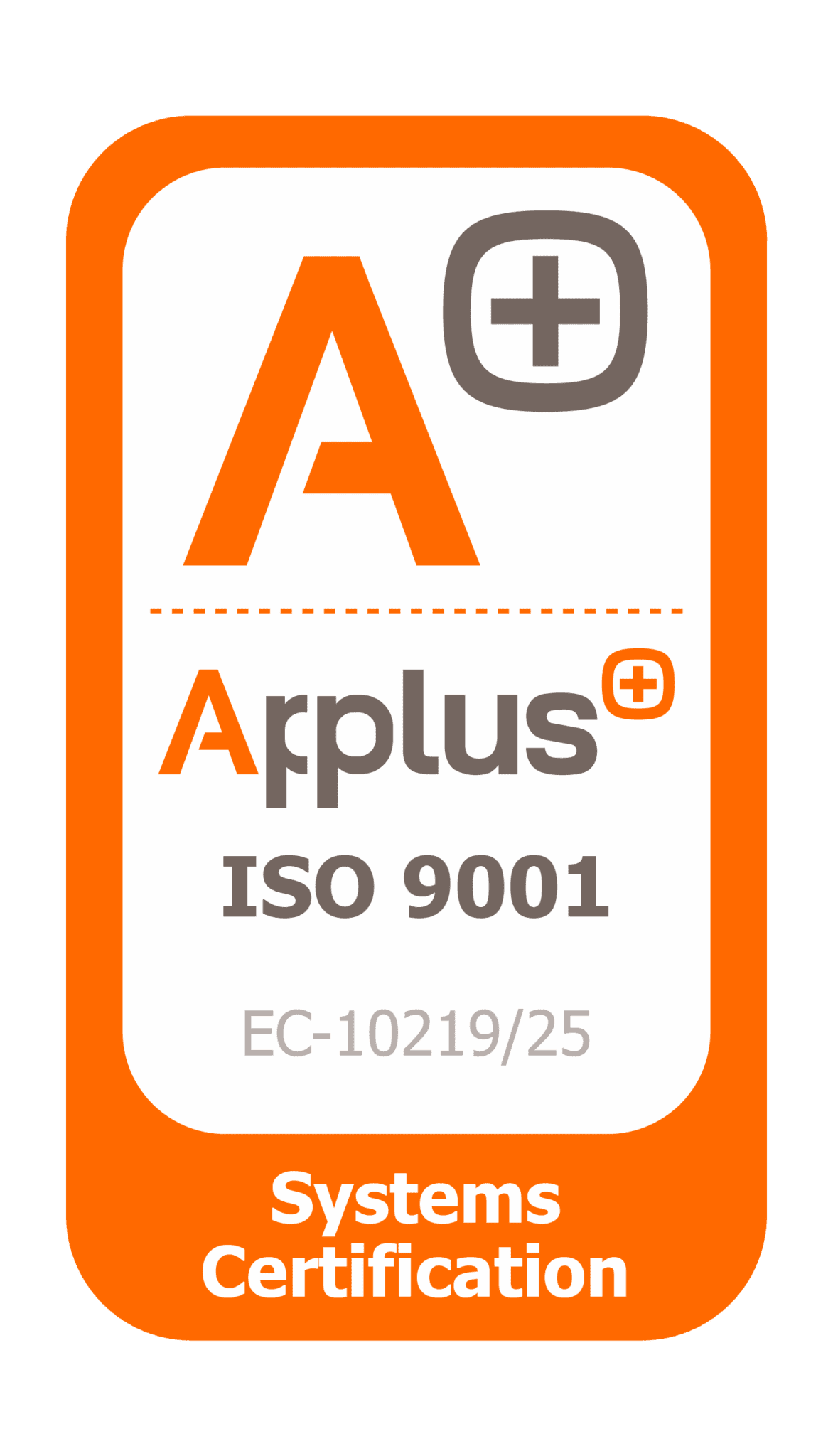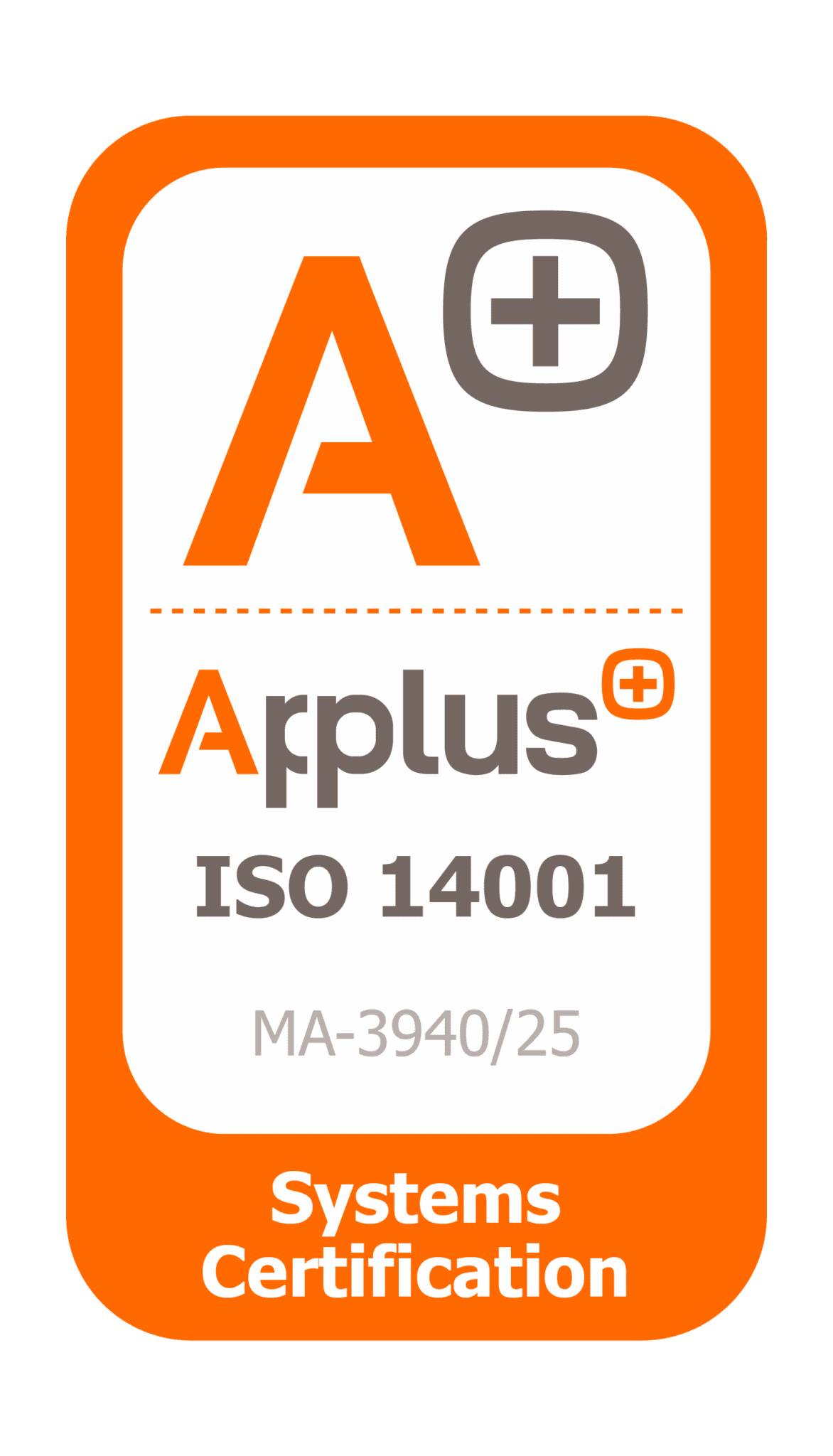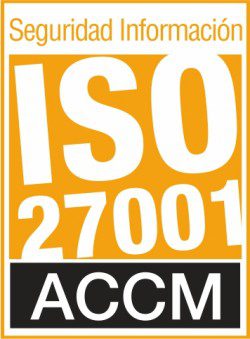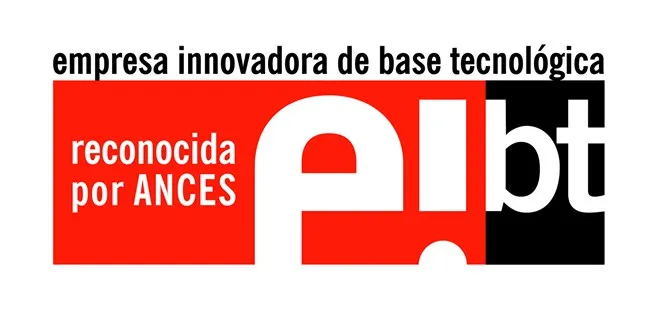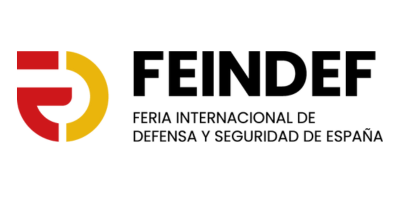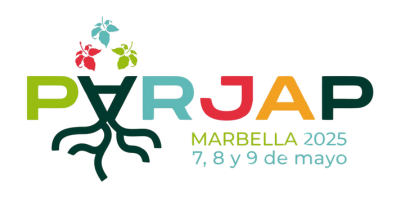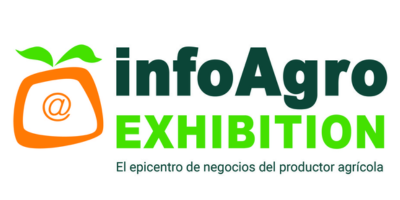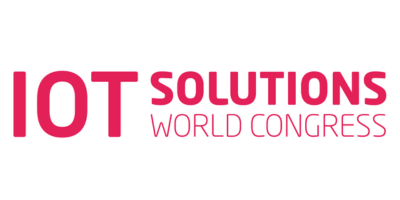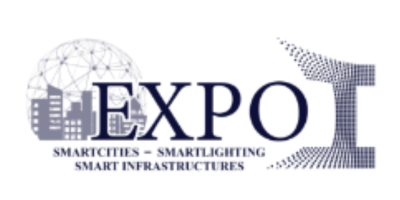Digital transformation has disrupted the agricultural sector with solutions that substantially improve productivity, sustainability, and decision-making. One of the most promising technologies in the field of precision agriculture is dendrometry connected via IoT (Internet of Things) .
This discipline, which has traditionally been used to measure the physical development of trees and woody crops, has been revitalized thanks to the incorporation of digital sensors capable of providing real-time data. on plant growth and physiological status. This technology makes it possible to continuously monitor key parameters such as trunk or fruit diameter, opening up new possibilities for optimizing practices such as irrigation, fertigation, and agronomic management.
What is connected dendrometry and how has it evolved?
Dendrometry is a branch of forestry and agricultural science that focuses on the measurement and analysis of the growth of woody plants., such as fruit trees, vineyards, almond trees, or olive trees. Their most common characteristics include:
- Trunk diameter
- Tree height
- Fruit size
- Biomass volume
Historically, these measurements were made with measuring tapes or calipers at specific intervals. However, this methodology had significant limitations in terms of frequency, accuracy, and responsiveness. Today, thanks to IoT sensing, there is so-called connected dendrometry , where this data can be obtained remotely. automatic, continuous and precise , allowing the analysis of physiological patterns with unprecedented granularity.
Dendrometric sensors. How they work and what they measure.
Dendrometric sensors are devices capable of detecting micrometric variations in plant structures, especially in response to processes such as transpiration, water absorption, or cell growth.
There are mainly two types:
Stem Dendrometers
These sensors are installed around the trunk or stem of the plant and continuously measure its diameter. They are capable of detecting:
- Contractions during the day, caused by water loss due to perspiration.
- Nighttime expansions , associated with the process of rehydration and accumulation of reserves.
This daily fluctuation allows the water status of the plant to be inferred with great precision.
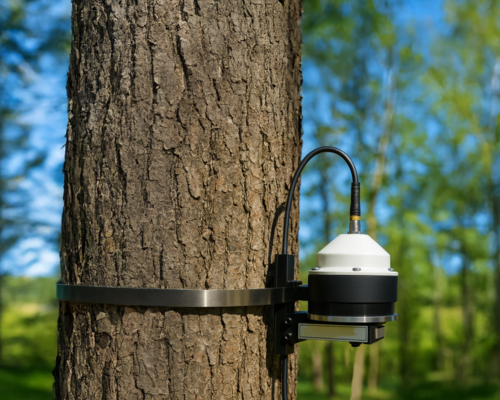
Fruit Dendrometers
Designed to fit around an individual fruit, these sensors allow monitoring of its development over time. They are especially useful for crops where fruit size is directly related to commercial quality. Their analysis can help:
- Evaluate the impact of irrigation or fertilization on growth.
- Identify periods of physiological stress or developmental disruptions.
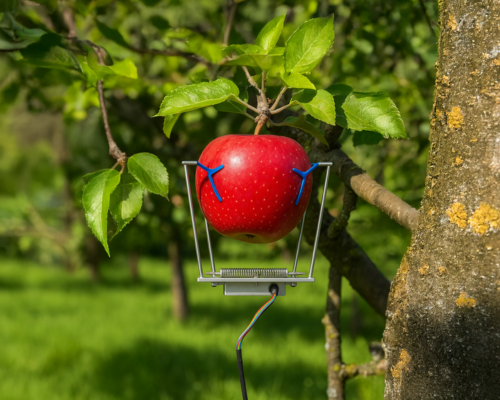
Practical applications of connected dendrometry
One of the biggest benefits of connected dendrometry is the ability to dynamically adjust irrigation and fertigation. based on the actual behavior of the plant. This represents an evolution compared to systems based exclusively on environmental or soil parameters.
Key indicators:
- Water deficit : If the plant does not recover its diameter during the night, it may be a sign of water stress.
- Stagnant growth : Stagnation in the growth of a fruit’s size may indicate a problem with nutrition or water availability.
- Impact of agronomic practices : Changes in growth pattern can reveal the effect of pruning, phytosanitary treatments or changes in the water regime.
Visualizing this data in the form of curves or alerts enables evidence-based agronomic decisions , reducing the risk of error and optimizing resources.
IoT Devices for Precision Agriculture: Integration and Automation
Measurement is not useful if the data is not processed properly. That’s why they are used data acquisition and visualization platforms that collect information from dendrometers and interpret it in real time.
Devices such as the Mex03G or IPex12G are designed to integrate dendrometry, soil moisture, and weather station sensors, among others.
These sensors collect key data about the status of the crop and the environment, sending it to intuitive visualization platforms like WiClouds , where it can be easily analyzed.
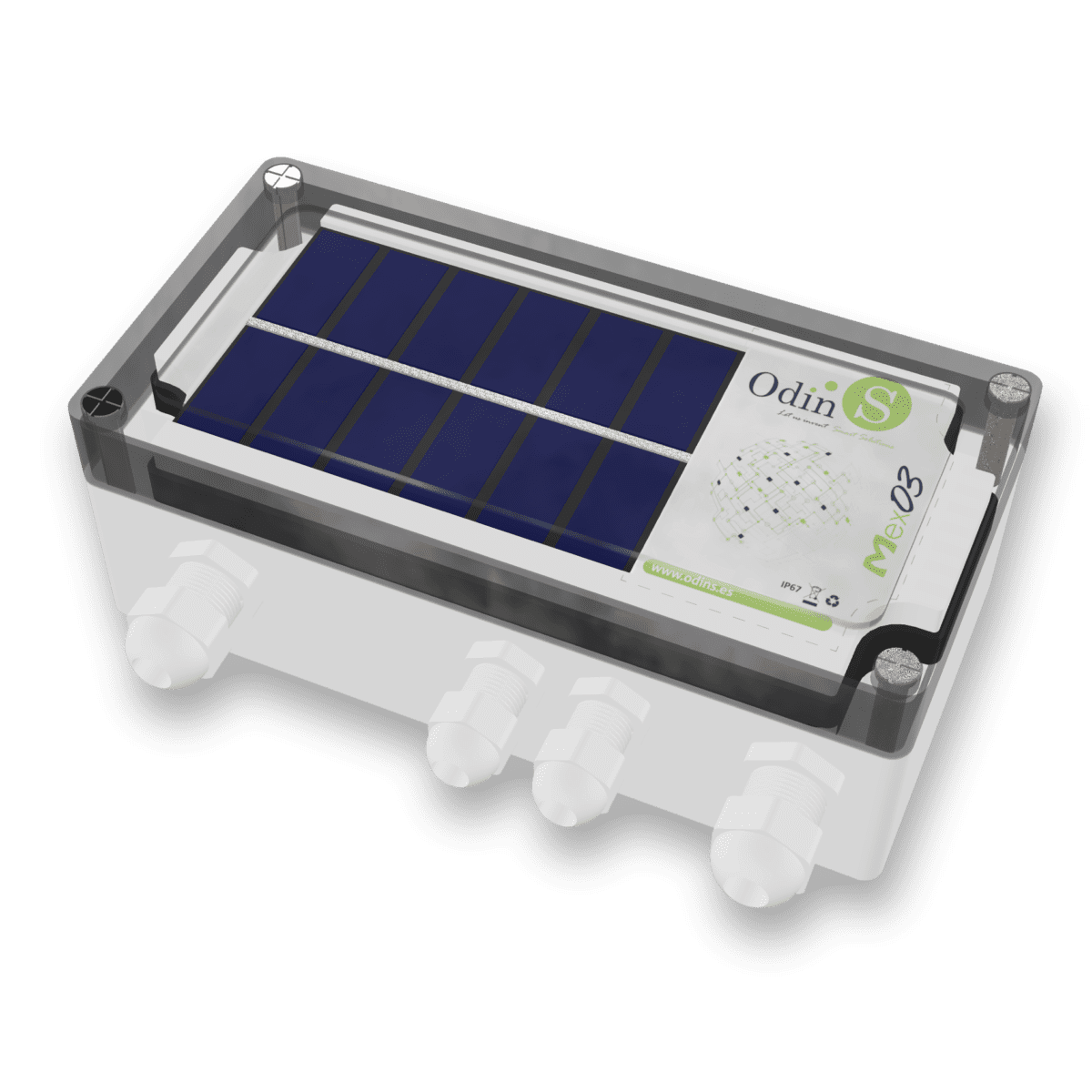
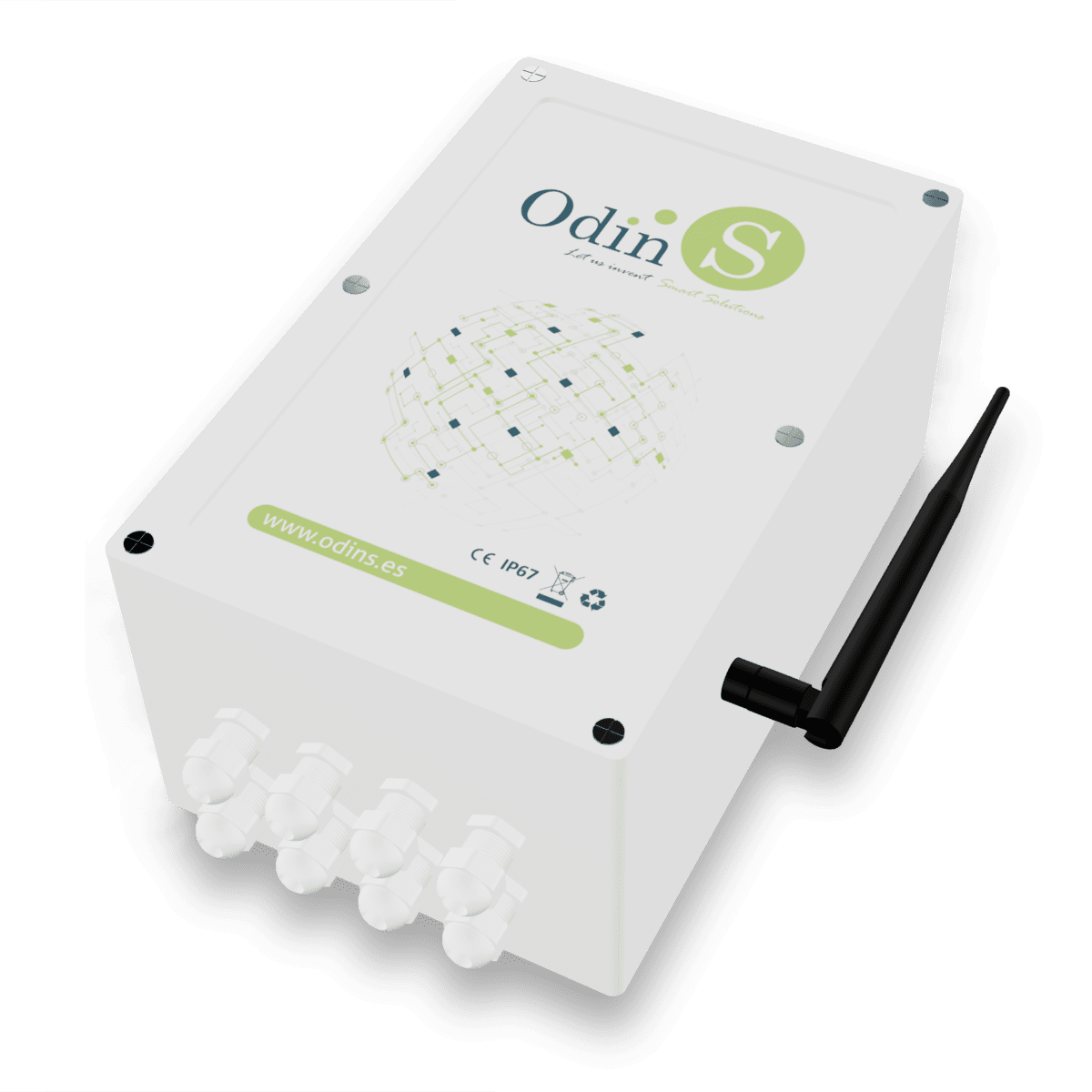
Agronomic and economic advantages of connected dendrometry
Implementing connected dendrometry technology not only improves operational efficiency but also directly impacts farm profitability .
Key Benefits:
- Saving water and fertilizers through more precise and timely application.
- Higher quality of production , ensuring optimal fruit development.
- Reduction of plant stress , improving plant health and longevity.
- Greater sustainability , thanks to rational use of natural resources.
- Ease of scaling , adapting to both small and large farms.
The fusion of traditional dendrometry and IoT technology has created a high-value tool for modern agriculture. By continuously and accurately monitoring crop growth, farmers can anticipate problems , optimize inputs and improve productivity sustainably .
In a context of climate change and resource scarcity, solutions like these not only represent a technical improvement, but also a necessary step toward more resilient and data-driven agriculture.




